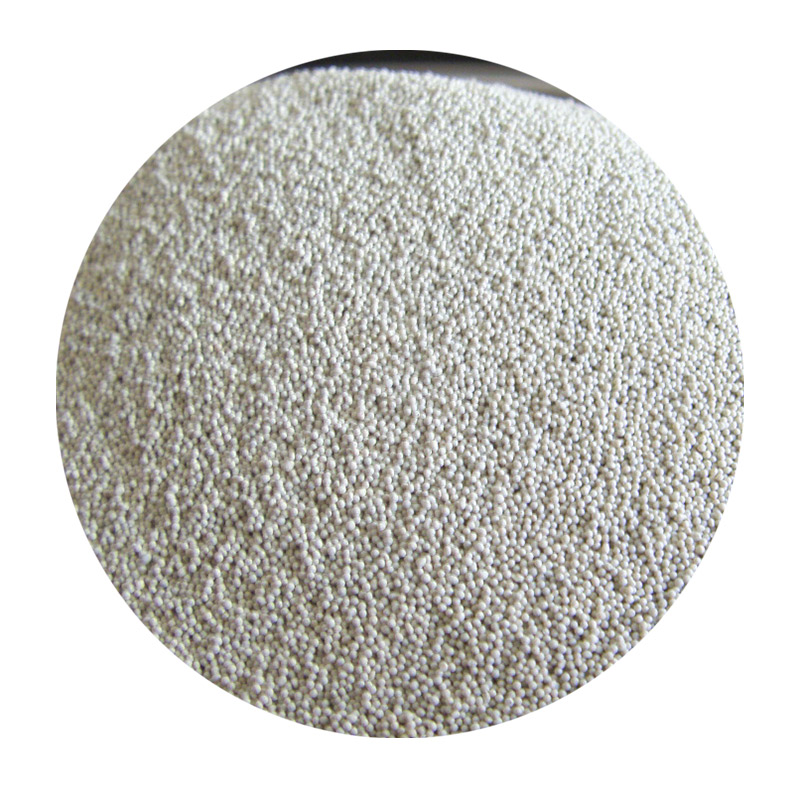Lost Foam Casting An Innovative Approach to Metal Casting
Lost foam casting is an advanced metal casting technique that has gained popularity for its efficiency and ability to produce complex geometries. This process, which combines the benefits of both sand casting and investment casting, allows for the creation of intricate designs with smooth surfaces and minimal post-processing. As industries demand higher precision and lower production costs, lost foam casting has emerged as a preferred method for many manufacturers.
The Process of Lost Foam Casting
At its core, the lost foam casting process involves several key steps. First, a model of the desired part is created from a foam material, typically expanded polystyrene (EPS). This foam pattern is then coated with a refractory material, which serves to create a mold when the foam is melted away. Once the coating is applied and allowed to dry, the foam pattern is placed in a flask, where it is surrounded by sand. Importantly, this sand is not compacted; instead, it is loosely packed to facilitate the flow of molten metal.
The next step involves heating the mold, which causes the foam pattern to evaporate—hence the term lost foam. The molten metal is then poured into the cavity left by the evaporated foam. This process allows for a high degree of flexibility, as the mold can be tailored to accommodate complex geometries that would be difficult to achieve through traditional casting methods. The result is a cast part that reflects the exact shape and features of the original foam pattern.
Advantages of Lost Foam Casting
One of the main advantages of lost foam casting is the ability to produce complex shapes without the need for intricate core constructions or multiple pieces. This not only reduces manufacturing time but also minimizes the risk of defects associated with assembly or joining multiple parts. The process is highly efficient, as less material is wasted compared to traditional casting methods that produce significant scrap.
Another significant benefit is the improvement in surface finish. Parts produced through lost foam casting often require little to no machining due to their smooth surfaces, leading to faster deployment in production environments. This characteristic makes lost foam casting an attractive option for industries in need of high-quality components, such as automotive, aerospace, and industrial machinery.
lost foam castings

Additionally, lost foam casting supports the use of various metals, including aluminum, iron, and steel. This versatility allows manufacturers to select the most suitable material based on performance requirements, further enhancing the process's applicability across different sectors.
Applications of Lost Foam Casting
Lost foam casting has found a wide range of applications due to its unique advantages. In the automotive industry, for instance, it is commonly used to produce engine components, housings, and brackets that require a lightweight yet durable design. The aerospace sector also benefits from this technology, producing critical parts where weight savings and strength are crucial.
Moreover, the process is increasingly being adopted in the production of industrial equipment, including pumps, valves, and heavy machinery components. Manufacturers appreciate lost foam casting for its ability to create designs that facilitate better airflow and efficiency, along with reduced overall weight.
Challenges and Future Directions
While lost foam casting presents numerous advantages, it is not without challenges. One major hurdle is the initial investment in equipment and setup. The need for specialized coatings and void-free sand can also add to costs. However, as technology progresses and more manufacturers gain experience with the process, these barriers are likely to diminish.
Looking to the future, the lost foam casting process is poised for growth. With the rise of digital manufacturing technologies, such as 3D printing, there is potential for even greater innovation within the lost foam casting world. Integrating these advanced techniques can streamline the model-making process, reduce lead times, and further enhance the precision of the molds created.
In conclusion, lost foam casting offers a compelling solution for manufacturers aiming to produce complex and high-quality metal parts efficiently. As technology continues to evolve, this casting method is likely to become an even more integral part of the manufacturing landscape, driving improvements and innovations across multiple industries.
Post time:டிசம்பர் . 03, 2024 19:05
Next:Golden Beaches and Serene Shores Await Your Discovery
